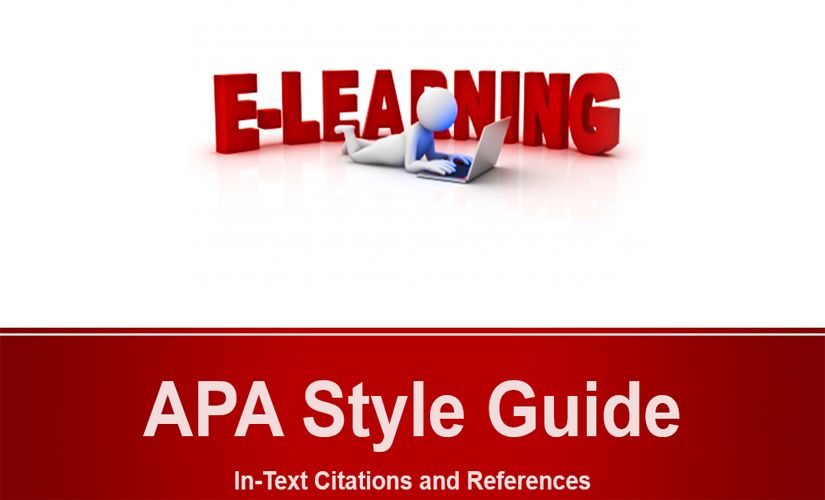The American Psychological Association (APA) style is the documentation technique used in most social sciences. For instance, many people in the world use the APA style guide to organize their academic papers or other studies. Basically, researchers must possess a clear understanding of the citation style for their disciplines. In particular, the fundamental guidelines of the APA documentation style focuses on parenthetical in-text citation and the reference list.
Guide on In-Text Citations
People follow the APA style guide and follow the rules for Parenthetical in-text citations. For instance, the APA guidelines explain that any paraphrased, summarised, or quoted information from a source must be followed with a parenthetical citation, following the author-date in-text citation format. In this case, all citations in the APA paper must contain the surname of the author and the year of publication. Also, direct quotations require a page number to be included in the parenthetical citation. Basically, the specific locator facilitates the quick identification of the quote within the source material. In turn, the APA citation suggests that page numbers or specific locators should be provided for summarised or paraphrased information. As a result, examples of the author-date in-text citation style are:

An Author Named in the Sentence:
According to Turner (2019), the land commission . . . and may side the municipal council (p. 356).
An Unnamed Author in the Sentence:
People follow the APA style guide. . . and use correct in-text citations (Turner, 2018, p. 12).
Other Features of the APA Style
There are slight modifications to the author-date format in cases where there is missing bibliographical information. For example, the absence of the author’s name may compel the researcher to use alternative elements to satisfy the demands of the author-date in-text citation format. Basically, it can be an organization name or a shortened title in place of the author’s name. In this case, authors should ensure that a complete citation that closely resembles the author-date format is provided. Moreover, page numbers can be substituted with other locators, such as paragraph numbers and headings. On the other hand, most electronic sources typically lack page numbers. When citing a website APA, the APA style guide forces a researcher to employ different techniques of directing the audience to a particular piece of information. Hence, illustrations are:
Page Numbers in the APA Format:
The land commission . . . and may side the municipal council (Turner, 2019, para. 12).
APA Style Guide on Headings:
The land commission . . . and may create additional complications for humans (White, 2019, Discussion section, para. 3).
References
The APA style guide requires people to have a list of complete publication information to be placed at the end of the research paper. For instance, a reference list with the title “References” is usually the last element in an APA style paper. In this case, it ensures that readers can find sources used within the text. Hence, some of the general formats highlighted in the APA format are:
Journal Article Entry:
Names of the Authors. (Publication Year). Article’s title. Title of the Journal, volume (issue number), page numbers. DOI/URL to follow the APA style guide
APA Guide on a Book:
Names of the Authors. (Publication Year). The complete title of the book: Complete subtitle. Location, Abbreviation of Location: Publisher’s Name.
Webpage Style:
Names of the Authors. (Date of Electronic Publication). Webpage’s title [Description of the format when necessary]. Retrieval Statement
Conclusion on the APA Style Guide
The author-date in-text citation format and the “References” section facilitate the recognition of source material used in an essay. In this case, the APA style guide is discussed in this presentation. Also, researchers may refer to the APA citation for more detailed explanations.

